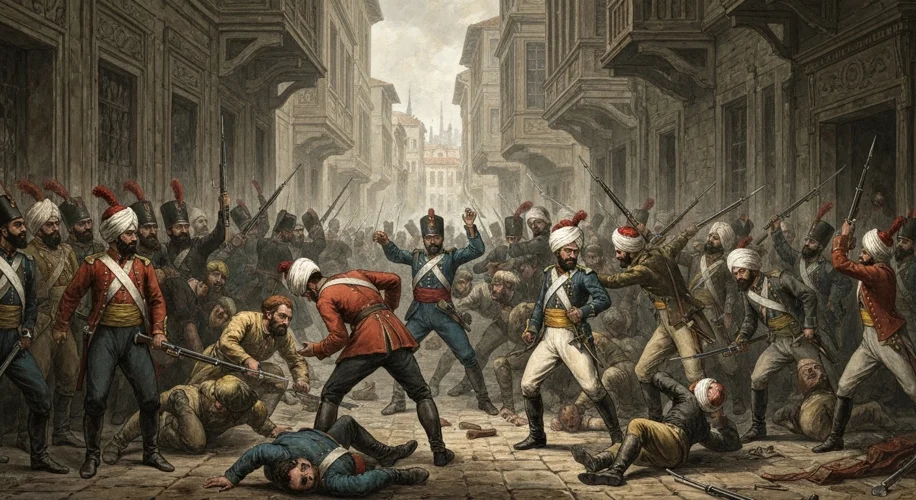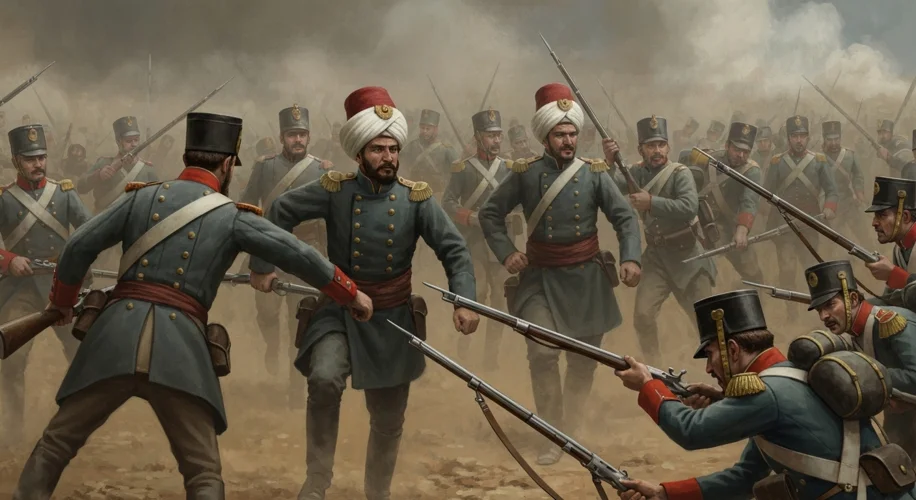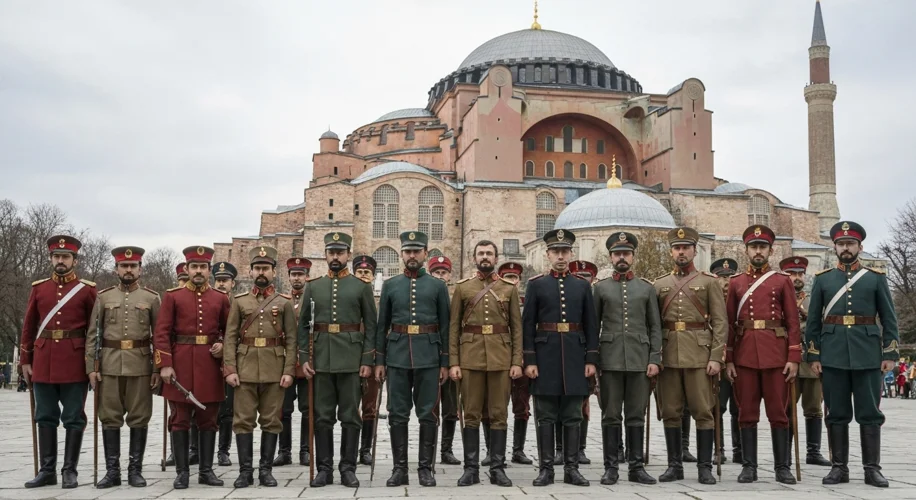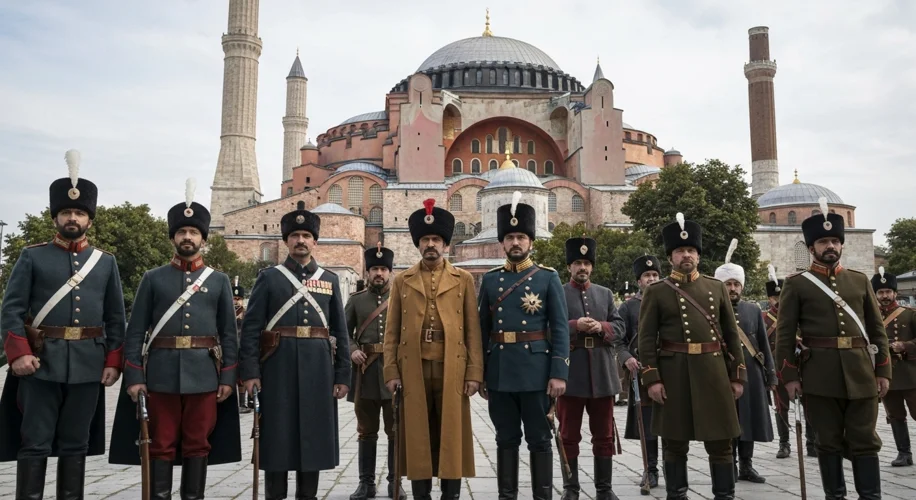The 19th century was a period of seismic shifts for empires. While European powers were consolidating their might through industrial might and streamlined governance, the once-formidable Ottoman Empire found itself increasingly outmaneuvered, its vast territories eyed greedily by ambitious neighbors. The very foundations of Ottoman power, built over centuries, seemed to be crumbling under the weight of internal stagnation and external pressure. At the heart of this existential crisis lay a critical question: could the Sultan’s army, the very instrument of Ottoman dominance, be reformed to meet the challenges of a rapidly changing world?
The story of Ottoman military modernization in the 19th century is a dramatic saga of ambition, resistance, and ultimately, incomplete transformation. It’s a narrative often overshadowed by the empire’s eventual decline, yet it reveals a determined, albeit often fractured, effort to adapt in the face of overwhelming odds.
For centuries, the Ottoman military had been a force to be reckoned with. Its Janissary corps, an elite infantry unit, was legendary, its disciplined ranks and effective tactics having carved out an empire stretching across three continents. However, by the 18th century, the Janissaries had become a deeply entrenched and corrupt institution, resistant to change and a symbol of the empire’s growing military obsolescence. They were, in essence, the embodiment of a system that could no longer keep pace.
The impetus for reform finally gained serious traction in the early 19th century under Sultan Mahmud II. He recognized that the empire’s survival hinged on a complete overhaul of its military structure. The breaking point came in 1826 with the “Auspicious Incident.” Seeing the Janissaries as an unmanageable threat to his reformist agenda, Mahmud II orchestrated their violent disbandment. This bloody purge, which saw thousands of Janissaries killed or exiled, was a brutal but necessary step. It cleared the way for the creation of a new, modern army trained and equipped along European lines.

The task of building this new military was immense. The empire lacked the industrial capacity of European nations, relying heavily on foreign advisors and imported weaponry. German, French, and British military missions were successively invited to train Ottoman officers and soldiers, introduce new drill manuals, and organize the army into divisions and corps. This influx of foreign expertise brought with it new ideas about logistics, artillery, and naval power. Efforts were made to establish military academies, improve conscription methods, and create a more centralized command structure.
One of the most significant figures in this era was Omar Pasha (Pasha), a Bosnian convert to Islam who rose through the ranks to become a brilliant military commander. He played a crucial role in reorganizing the army and leading it in several conflicts, including the Crimean War (1853-1856). The Crimean War itself was a watershed moment. While the Ottomans fought alongside Britain and France against Russia, the conflict exposed both the improvements made and the persistent weaknesses. The Ottoman army performed admirably in some engagements, demonstrating its newfound capabilities, but it also suffered from logistical shortcomings and internal rivalries.
The Tanzimat reforms, a broader period of modernization spanning the mid-19th century, also aimed to streamline the empire’s administration and legal systems, which had direct implications for the military. A more efficient bureaucracy was intended to support a better-funded and better-organized army. However, these reforms were often met with internal resistance from conservative elements who viewed Westernization with suspicion. Furthermore, the empire’s increasingly precarious financial situation, exacerbated by mounting foreign debt, often hampered the procurement of the latest military technology.

Despite these challenges, by the latter half of the 19th century, the Ottoman military had undergone a significant transformation. It possessed a more professional officer corps, a standardized structure, and a greater capacity to field modern weaponry. However, it was a modernization that came at a steep price and was never fully realized. The empire’s internal divisions, nationalist uprisings in its Balkan territories, and the relentless pressure from European powers meant that the modernized army was often stretched thin, fighting defensive wars on multiple fronts.
The ultimate test came with the Balkan Wars of 1912-1913 and World War I. While the Ottoman army fought with considerable bravery and resilience, particularly in the Gallipoli campaign, the cumulative effects of decades of underfunding, technological disparity, and the loss of territory proved insurmountable. The dream of a fully modernized, formidable Ottoman military, capable of standing as an equal to the great European powers, remained largely unfulfilled.
The legacy of 19th-century Ottoman military modernization is complex. It represents a courageous attempt by successive sultans and reformers to salvage a declining empire by embracing Western military innovations. It demonstrated that the Ottomans were not passively accepting their fate but were actively seeking to adapt. Yet, it also underscores the profound difficulties of reforming a vast, multi-ethnic empire burdened by economic constraints and internal dissent in an era of aggressive European imperialism. The story serves as a powerful reminder that military modernization is not merely about acquiring new weapons; it is about fundamentally transforming the institutions, economy, and society that support them – a challenge that, in the end, proved too great for the Sublime Porte.


